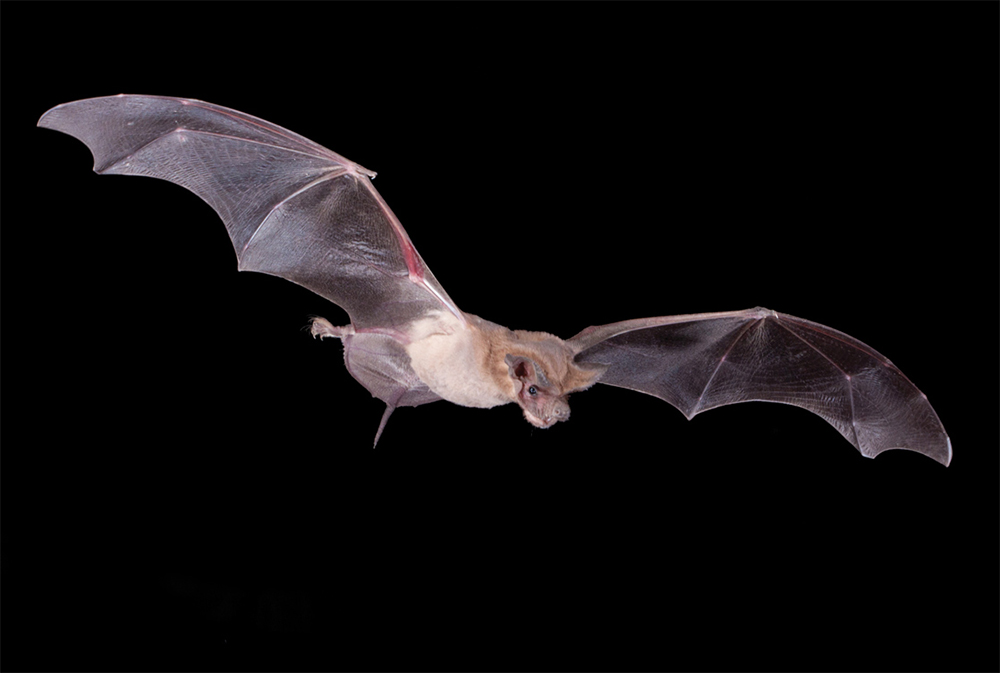In case you needed something else to worry about.
Texas researchers have closely watched the state’s bat population for years, looking for signs of a disease that has killed millions of North American bats: the white, powder-like substance on their nose and wings, the erratic hibernation patterns, the piles of dead bats at cave openings.
And every year, those researchers breathed a sigh of relief. Their bats were safe.
That changed last year. Swabs from three different kinds of bats in the Lone Star State’s panhandle came back positive for white nose syndrome, aptly named for the white fungus that grows on the tiny winged creatures.
The discovery of the disease, which has a nearly 100 percent mortality rate, was “devastating,” said Winifred Frick, senior director of conservation science at the Austin-based Bat Conservation International (BCI), at a news conference Tuesday.
But about $600,000 in grants announced Tuesday by the National Fish and Wildlife Foundation could help researchers stop the disease’s spread in Texas. That amount is part of $1.36 million being handed out in the U.S. and Canada for six projects. The money comes from public and private entities: the foundation, the U.S. Forest Service, the U.S. Fish and Wildlife Service, Shell Oil Co., and Southern Co., an Atlanta-based gas and electric utility business.
With these funds “we’re hoping to make a stand,” said Paul Phifer, assistant regional director for ecological services at the U.S. Fish and Wildlife Service’s Northeast region. “They show that the government working with the private sector can really turn research into action … so I’m really hopeful.”
I’m hopeful, too, because Texas is a very bat-ful state, and we need them around. Go visit Bat Conservation International if you want to learn more or get involved.

